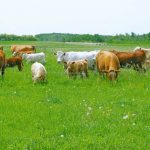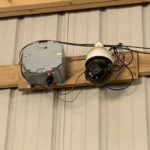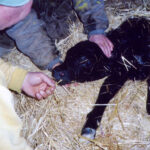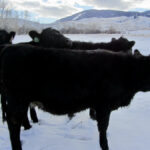
Interpreting a silage feed test
A ruminant nutritionist unpacks the numbers from a real feed test

Warmer weather boosts ergot risk in cattle
Researchers found symptoms ranging from decreased weight gain to heat stress even though ergot levels in feed didn’t breach CFIA limits

Grass tetany relates to magnesium deficiency
Two ratios can be used when looking at feed

Time-saving tips for electric fences
Whether you’re setting up or troubleshooting an electric fence, these tips can make your life easier

Lupines and crooked calves
If you’ve seen birth defects such as fused joints, crooked legs or cleft palates in your newborn calves, toxic plants could be the culprits

Spring calving heralds beginning of predator season
As bear, cougar and wolf populations rebound, ranchers are working with conservation officers, wildlife specialists and researchers to pinpoint and mitigate problems

The ins and outs of calving cameras
For producers whose herds calve in the winter, cameras offer several benefits, ranging from fewer trips outside to allowing producers to work off-farm during calving

Tips for handling calving problems
While difficult or prolonged births are less common these days, it’s important to know when and how to intervene

Wintering calves with the cow herd
Keeping calves on the cows over winter offers many benefits, these ranchers say, but producers may need to adjust their herd genetics and management practices

Setting up young cows for success
A researcher and a seedstock producer explain why a little extra consideration for heifers and first-calvers through the winter pays off later on, and offer ideas on how to make heifers’ lives easier


